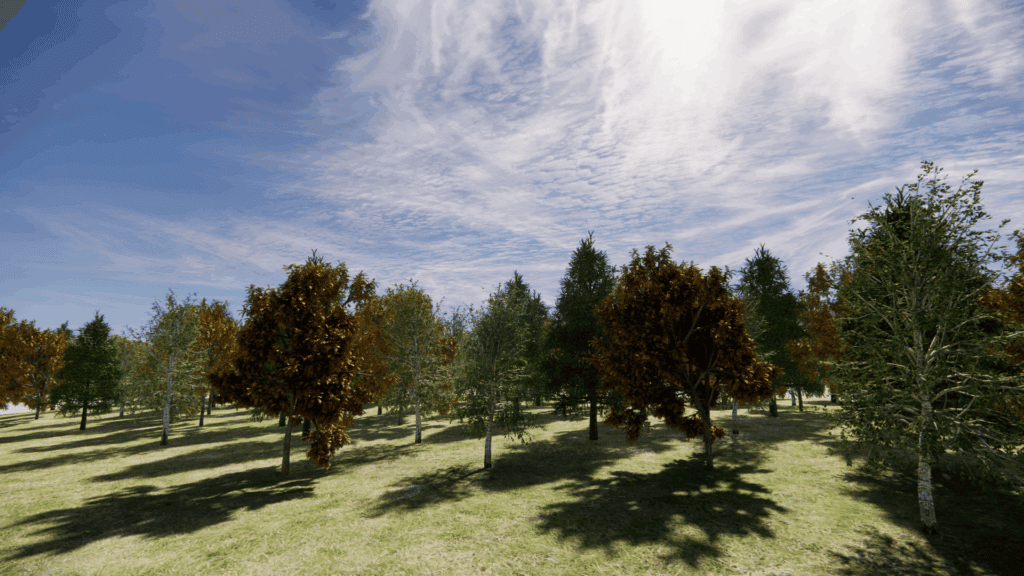Extreme heat and drought primed vast areas of the Iberian Peninsula and southern France for large, fast-moving wildfires. Satellite imagery captured smoke veils spanning Spain and Portugal, with fire danger peaking around August 15. Spain has endured its worst fire season in decades, with estimates nearing or exceeding 350,000–400,000 ha burned by August 21. France suffered its largest single wildfire since 1949, a 16,000-ha blaze in Aude contained on August 7. These aren’t isolated incidents; they’re symptoms of hotter, drier summers and longer fire seasons across the Mediterranean basin.
Big burns change more than scenery. They reset fuels, simplify ecosystems, and can push some stands past natural recovery thresholds—especially after repeat fires. The good news: with a correct planting combination and a site-specific planting plan, we can rebuild forests that are more fire-resilient, biodiverse, and water-wise than what burned.
1) Start with the site: triage before you plant
Not every hectare needs the same intervention.
- Let natural regeneration lead where seed trees or coppicing species survived.
- Active restoration on high-severity patches lacking seed sources, on steep slopes, or where repeated burns locked landscapes into shrubland.
- Protect soils first through erosion control measures, logs, wattles, and quick ground cover.
2) Choose climate-fit, fire-smart species mixes
Design for diversity, lower flammability, and future climate adaptation.
- Mediterranean lowlands: Holm oak (Quercus ilex), cork oak (Quercus suber), stone pine (Pinus pinea), mixed with strawberry tree (Arbutus unedo), mastic (Pistacia lentiscus), and Phillyrea.
- Atlantic/montane sites: Quercus robur, Fagus sylvatica, Castanea sativa, with pioneer birches and aspens.
- Riparian corridors: Populus nigra, Salix spp., Alnus glutinosa—natural green firebreaks.
Seed sourcing matters: mix local provenances with climate-analog sources to anticipate 2050 conditions.
3) Structure the stand to resist fire
- Plant in clumps, not grids, to mimic natural mosaics.
- Manage density over time to reduce ladder fuels.
- Green firebreaks with broadleaves along ridges and roads, maintained as living infrastructure.
4) Digital tools for recovery planning

Here’s where technology amplifies forestry knowledge. RhinoLands, with its extensive plant database and powerful 3D terrain modeling, can be used to simulate and visualize the recovery plan. By integrating burn severity maps, slope analysis, and species palettes, foresters and landscape architects can:
- Model 3D terrain to test where erosion risks are highest.
- Experiment with planting combinations from a wide database of species suited to Mediterranean and Atlantic bioclimates.
- Visualize succession scenarios—how a mixed oak-pine stand will look and perform in 20, 50, or 100 years.
- Communicate plans clearly to stakeholders and local communities, showing not just maps, but living models of restored forests.
This integration of ecological expertise with digital design ensures that recovery is not only about planting trees, but about rebuilding resilient landscapes.
See How to Model a Forest with RhinoLands on this post.
Final thoughts
The fires of 2025 remind us that the Mediterranean and Atlantic forest frontiers of Spain and France are under unprecedented pressure. But with careful triage, the right plant mixes, adaptive stand structures, and digital tools like RhinoLands, we can guide recovery in ways that make these forests stronger, more diverse, and more resilient to the hotter decades ahead.